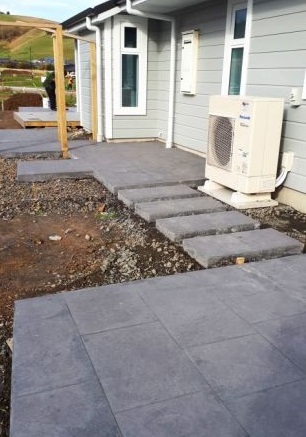Be Prepared For Summer
/Last weekend was a beautiful taste of a hot summer to come. It has also been a good reminder of how prepared your house and garden are for outdoor living this coming season.
The style of architecture in new houses is more considerate to living outdoors. With features such as a fabulous large portico over the entertaining area, or a large verandah with bi-fold doors bringing the outdoors into the living space.
When I am designing the landscaping areas for a client, I consider the morning sun for a quiet outdoor breakfast table space, mid-day sun to provide some shade through the hottest part of the day and the evening sun for a larger entertaining area.
We also have changeable wind directions in the region. How disappointing to have a fabulous outdoor entertaining area, and to not be able to use it due to the wind!
Clients of mine who were building a house at Blackhead, were considering they would have no outdoor entertaining space, due to the wind. I am pleased I was able to create an attractive, north-facing courtyard area between the garage and the house, which was sheltered from three sides. In this space I also included herbs and vegetables in a potager and colourful shrubs and flowers in the terraced garden around it. Often the impossible becomes possible with careful planning.
Sun, shade, wind and view - these may be conflicting elements which in an established garden, or a new one, need careful consideration.
For design and advice on how you can make the most of your outdoor living this summer, call me, Leisa Browne, at Leaf Landscapes Design on 03 4701114 or go to www.leaflandscapedesign.co.nz contacts page.
Hot summer evenings are an opportunity to relax in your beautiful garden.














